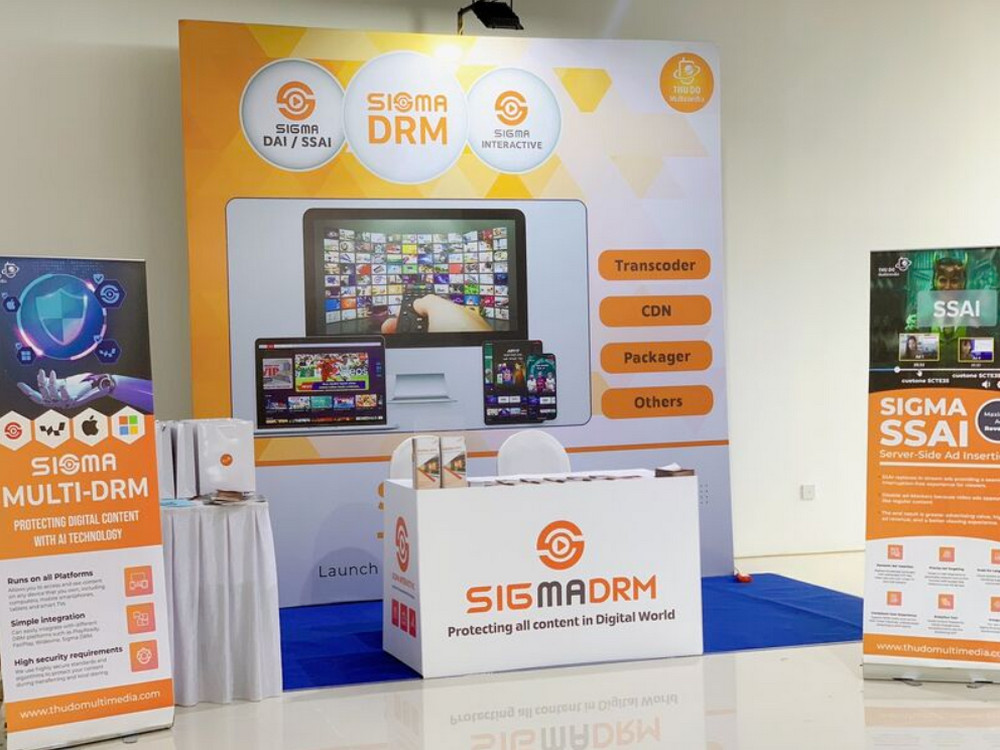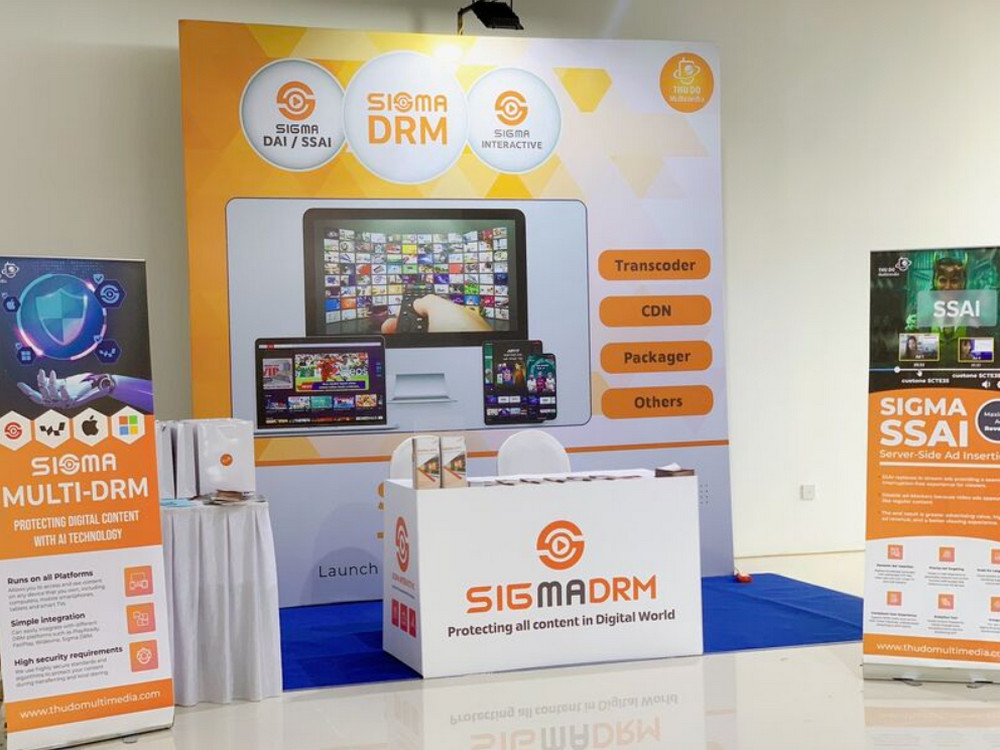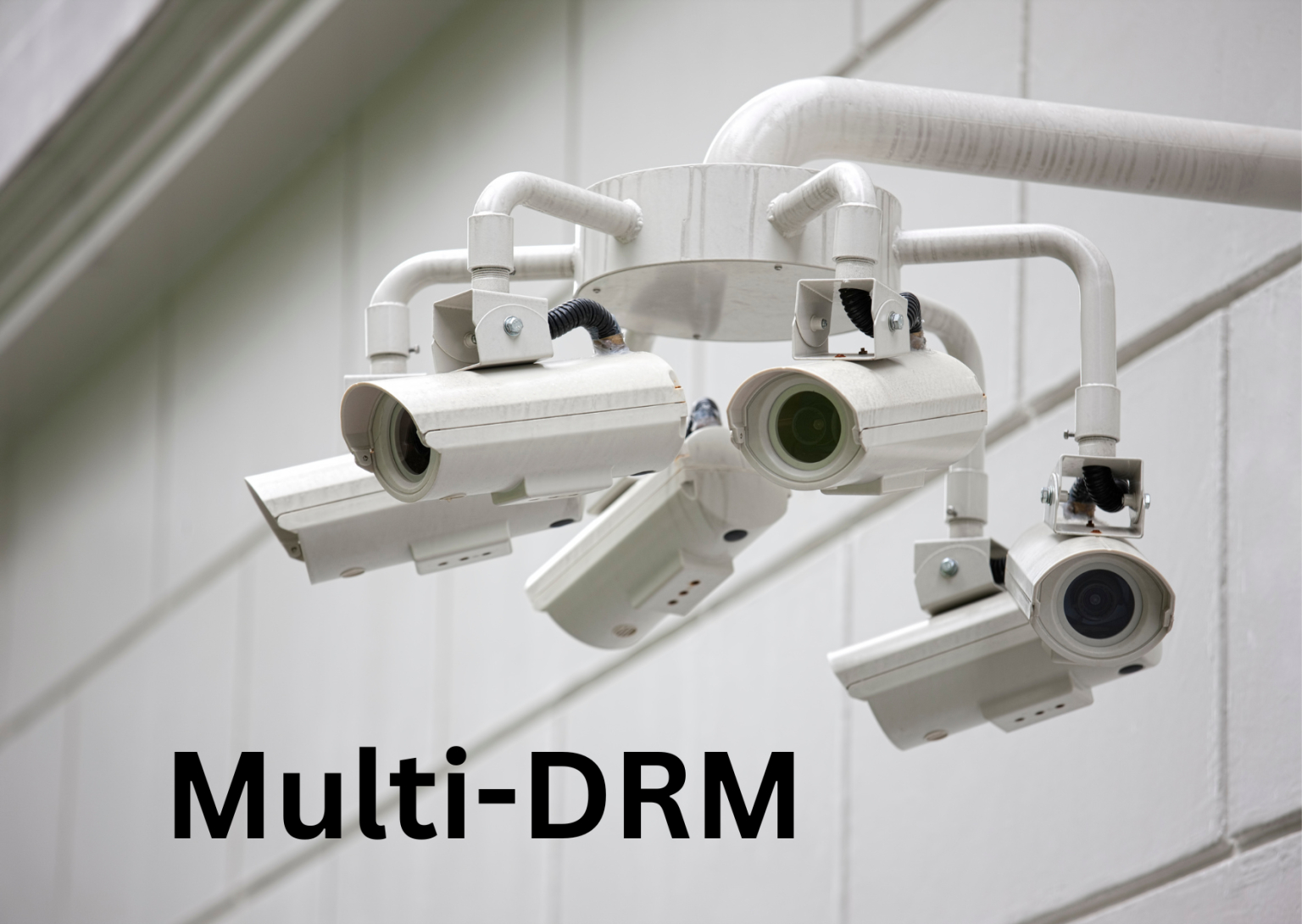
Use Sigma DRM To Protect Online Textbook Copyright
Use Sigma DRM to protect online textbook copyright. Utilizing the internet makes publishing textbooks online a straightforward process. Various software tools for digital publishing enable the easy sharing of documents with just a few clicks. However, the concern arises when considering how to distribute digital books securely in an online setting that facilitates effortless sharing, copying, or downloading of content. Although achieving absolute foolproof prevention of duplication is challenging, implementing various protective measures can significantly reduce the likelihood of unauthorized reproduction of your digital textbooks.
Ensuring the security of your digital online textbook copyright
In the ever-evolving landscape of digital education, ensuring the security of your online textbook copyright is paramount. Digital rights management (DRM) proves to be an invaluable tool in this endeavor.
By implementing DRM measures, you can fortify your digital textbooks against unauthorized access, sharing, or reproduction. This not only protects your intellectual property rights but also provides a means to monitor and control the usage of your content. Utilizing features such as encryption, watermarking, and access controls, you can establish a robust defense against potential copyright infringements.
Furthermore, DRM allows you to track and manage user interactions, ensuring compliance with copyright regulations and deterring any unethical practices. In essence, embracing DRM is a strategic step towards maintaining the integrity and security of your digital online textbook copyright in today’s dynamic educational landscape.

Transforming to PDF
Transform your documents into PDF format before uploading them online. PDFs offer enhanced security compared to Word files, supporting data encryption for a secure content transfer on the Internet. Additionally, PDFs enable customization of user access, safeguarding against viruses and malware. This format preserves visual elements in the text and provides partial support for interactive features.
Apply watermarks to your digital online textbook
Watermarking involves imprinting your identity onto digital documents, creating a formidable barrier against undeserved credit for your work. These watermarks enhance security by being resistant to alteration or removal, serving as a robust tool to deter copyright infringements on the Internet.
Officially record your digital textbooks
Registering establishes a public record confirming your copyright ownership of intellectual property. If you encounter any instances of copyright infringement, legal action can be pursued against the responsible party.
Display an authorized copyright notification
Enhance the secure distribution of textbooks online by promptly showcasing an official copyright notice upon publication. This notice functions as an official declaration of content ownership, explicitly stating that access, usage, sharing, or downloading without permission is prohibited. This notice acts as a deterrent against individuals intending to violate your copyright and exploit it for unethical gains.

Implement digital rights management for your digital textbooks
In the online landscape, traditional copyright laws lack effectiveness. Hence, an alternative approach is necessary to safeguard your intellectual property rights, and digital rights management (DRM) serves this purpose.
DRM introduces an additional layer of security to your digital learning materials, functioning akin to a physical lock. Similar to securing physical property, DRM enables you to control access – sharing or restricting it with a key – ensuring the safety and security of your valuable assets. DRM guarantees that only individuals with valid access codes, such as students and faculty members, can view your digital learning materials. Furthermore, it empowers you to dictate what actions they can or cannot perform with your content, providing comprehensive control over your educational resources by allowing you to set terms for access and interactions.
Exploring the advantages of DRM in digital content protection
Digital Rights Management (DRM) provides a robust framework for safeguarding digital content, offering several notable benefits to content creators and distributors. One key advantage lies in the enhanced security it provides, significantly reducing the risk of unauthorized access, sharing, or reproduction of digital materials.
By employing DRM, content owners can exert greater control over how their intellectual property is used, ensuring that users comply with established terms and conditions. Furthermore, DRM is a deterrent to piracy, as it restricts access to only those with proper authorization.
Additionally, DRM facilitates monetization by creating a secure environment that encourages users to make legitimate purchases, thereby boosting revenue for content creators. Overall, the utilization of DRM in the realm of Digital Rights Management offers a comprehensive solution to protect and maximize the value of digital content in today’s dynamic online landscape.
Enhanced financial gains
DRM safeguards against unauthorized sharing or downloading of your digital books, compelling individuals to make legitimate purchases to access them. Employing DRM ensures you can fully capitalize on the monetary rewards of your copyrighted content.
Safeguard against Intellectual Property Rights (IPR) infringement
DRM guarantees comprehensive security for your intellectual property rights, preventing unauthorized access or intentional and unintentional sharing of your material. Notably, you can monitor the number of individuals who have accessed your content and detect any attempts to unethically share your files. This feature allows you to identify and, if necessary, take appropriate action against those who may be involved in such activities.

Ensuring the secure distribution of your online textbooks
Explore various methods for securing your online content, such as utilizing digital rights management (DRM) software or opting for a digital publishing platform with built-in DRM encryption. When using a digital publishing platform, upon uploading your digital textbooks, you’ll have the option to apply DRM encryption, Social DRM, or digital watermarking. By selecting DRM encryption, your textbook is instantly safeguarded within an encrypted vault. Additionally, you can seamlessly integrate the platform’s API into your website, allowing your audience to make purchases. Moreover, exercise control over content access, setting parameters like limited access for a specific duration. Educational institutions can then choose to renew subscriptions or make purchases to retain continued access after the designated period.
Distribute your digital online textbooks with Thu Do Multimedia
Thu Do Multimedia is a pioneering product company and a leader in consulting, providing, and deploying technology services and solutions – television (OTT), With nearly 14 years of experience in building and developing technology services and solutions for digital providers and television and telecommunications organization/businesses in the Vietnamese and international markets, we strive to become a globally trusted provider of solution, technology and service platforms, creating value for our customers, enhancing success for our employees, and contributing in a positive way to the community.
Benefits Sigma Multi DRM – Thu Do Multimedia
Versatile SDK Support: The Software Development Kit (SDK) seamlessly caters to both web and app environments, offering compatibility with mobile devices and various platforms, including boxes.
- Device-Centric Management: Sigma Multi DRM adopts a device-centric approach by utilizing DeviceID rather than SystemID for management, enhancing precision and adaptability.
- APK Modification Protection: Robust safeguards are in place to thwart any unauthorized modifications to the APK (Android Package) files, ensuring the integrity of the application.
- Prevention of Rooted and Hooked Devices: The DRM system incorporates measures to prevent the usage of rooted and hooked devices, bolstering security against potential vulnerabilities.
- Backend Tracking and Monitoring: A comprehensive tracking and monitoring system is integrated into the backend, providing real-time insights and enabling proactive measures to counter any security threats.
- Simple and Transparent Integration: Sigma Multi DRM offers a user-friendly and transparent integration process, ensuring a smooth experience for end-users while maintaining the efficacy of digital rights management.

Thu Do Multimedia is an effective solution that provides a complete range of features to publish and securely distribute your digital content.
In conclude
For digital publishers, the creation of innovative content demands considerable effort and time. After investing in such endeavors, reaping the benefits becomes a priority—something unattainable if individuals can effortlessly copy, share, or download the content without restrictions. Digital rights management (DRM) emerges as a crucial solution to safeguard digital textbooks from unauthorized use, secure proper copyrighting, and maintain absolute control over content visibility and interaction. Beyond content protection, DRM also acts as a safeguard against regulatory compliance breaches and shields against any unethical practices, ensuring a secure and compliant digital publishing environment.
Hope through the article Using Sigma DRM to Protect Online Textbook Copyright above. Bring useful information to readers. To learn more knowledge and solutions in copyright protection of digital content, please refer to the website: thudomultimedia.com
- Read more articles: What Is Widevine Leak? Digital Rights Management (DRM)


Recent Comments